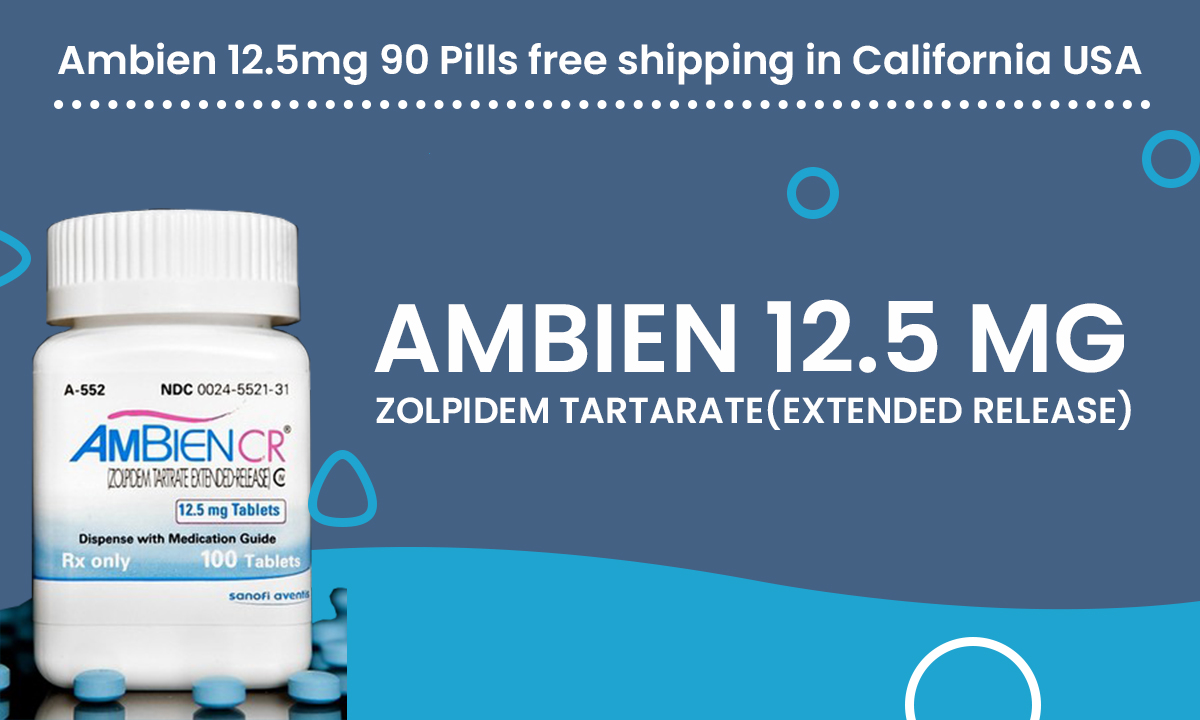Tramadol is a medication that has garnered attention for its effectiveness in pain management. But have you ever wondered how exactly Tramadol works within the body to alleviate pain? In this article, we will delve into the intricate science behind Tramadol’s mechanism of action, shedding light on its interactions with the body’s systems. Searching for reliable relief? Explore the benefits of Buy Tramadol 100mg Online USA, a potential answer to your persistent pain.
1. Introduction
Tramadol’s ability to provide relief from pain has made it a popular choice in the medical field. To comprehend its efficacy, it’s essential to explore the intricate scientific processes that underlie its functioning. Tramadol is a type of medicine that’s commonly used to manage pain. It’s part of a group of medications called opioids. People often take it when they’re dealing with moderate to moderately severe pain, like after surgery or due to injuries. It works by affecting the way your brain perceives pain signals. It’s important to use Tramadol exactly as your doctor tells you, because it can have some side effects and can be addictive if not used properly. Always follow your doctor’s advice and guidelines when using Tramadol.
2. Understanding Tramadol’s Mechanism of Action
Tramadol’s mechanism of action is multi-faceted, involving interactions with various receptors and neurotransmitters in the body. This complexity contributes to its unique pain-relieving properties.
3. Binding to Opioid Receptors
Tramadol’s primary mode of action involves binding to mu-opioid receptors in the brain and spinal cord. By doing so, it modulates pain signals and reduces the perception of pain throughout the body.
4. Serotonin and Norepinephrine Reuptake Inhibition
In addition to its interaction with opioid receptors, Tramadol also inhibits the reuptake of serotonin and norepinephrine. This dual action enhances the mood-regulating and pain-modulating effects of the medication.
5. The Dual Mechanism’s Pain-Alleviating Effect
The combined effect of opioid receptor binding and neurotransmitter reuptake inhibition creates a comprehensive pain-alleviating effect. This dual mechanism targets pain perception from multiple angles, leading to effective relief.
6. Metabolism and Elimination
Tramadol undergoes hepatic metabolism, primarily through the CYP2D6 enzyme pathway. This metabolism results in the formation of its active metabolite, O-desmethyl tramadol (M1), which contributes significantly to its analgesic properties.
7. Factors Influencing Tramadol’s Efficacy
Several factors can influence how individuals respond to Tramadol. Genetic variations in the CYP2D6 enzyme, as well as an individual’s pain sensitivity and tolerance, can impact the medication’s efficacy.
8. Potential Side Effects Linked to Mechanism of Action
While Tramadol’s mechanism of action is responsible for its pain-relieving benefits, it’s also associated with potential side effects. These can include nausea, constipation, dizziness, and, in some cases, respiratory depression.
9. Conclusion
Tramadol’s mechanism of action involves a delicate interplay between opioid receptors and neurotransmitters. This complex process highlights the science behind its pain-relieving effects and underscores the importance of its responsible usage. Ready to reclaim your comfort? Discover the power of Order Tramadol Online Overnight Delivery, your partner in pain relief.


